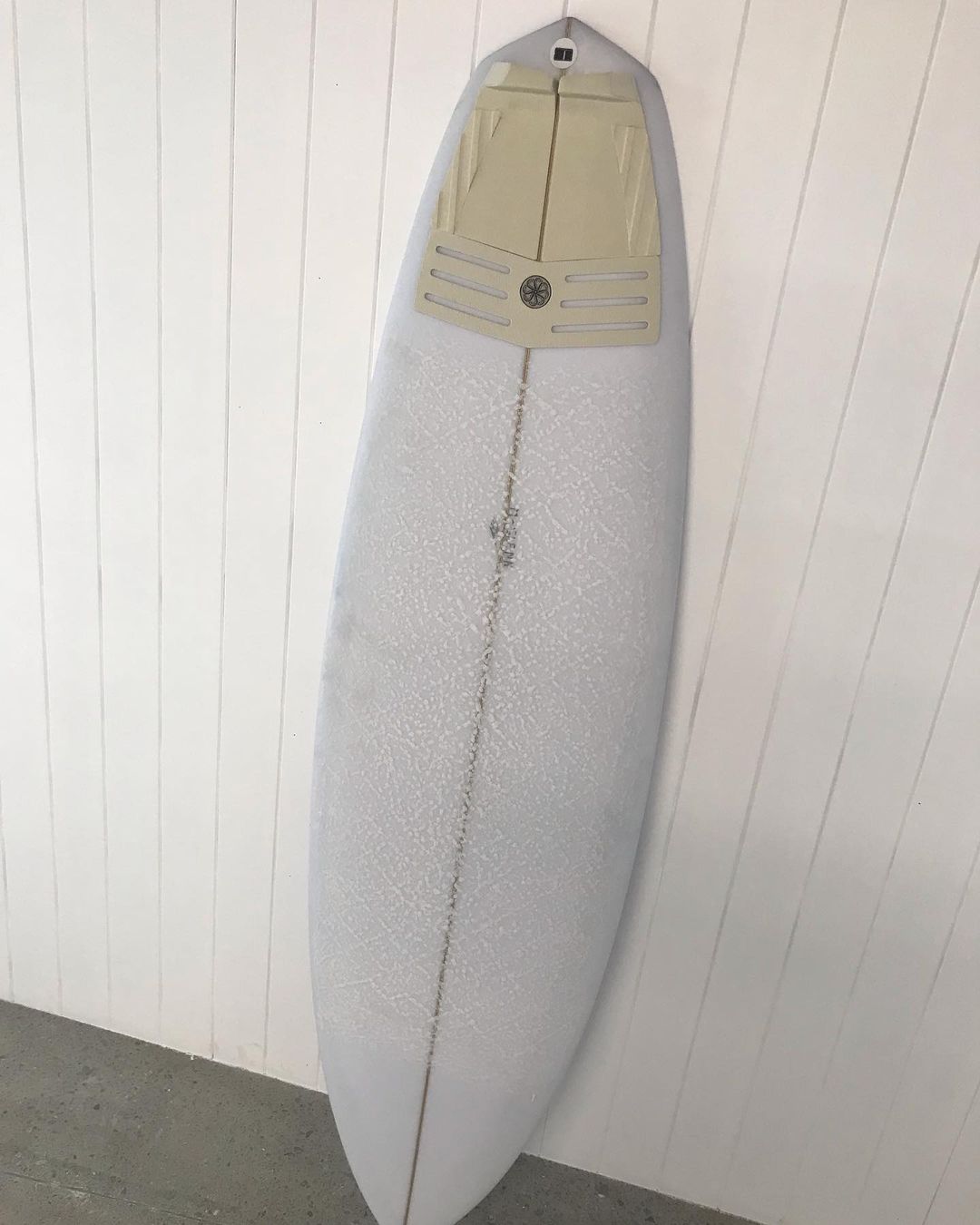
How to Identify Damage on Your Paddle Board: A Visual Inspection Guide
Paddle boarding is not just a sport; it's a lifestyle. Whether you're a seasoned pro or a beginner just getting started, taking proper care of your paddle board is essential to ensure your safety and the longevity of your equipment. One of the first steps in maintenance is learning how to identify damage. In this visual inspection guide, we'll walk you through the key indicators of damage on your paddle board, so you can catch issues early and keep your board in pristine condition.
The Importance of Regular Visual Inspections
Before we dive into the details of identifying damage, it's crucial to understand why regular visual inspections are essential. By catching problems early, you can save money on more extensive repairs and, most importantly, ensure your safety while out on the water. Even minor damage can lead to critical issues if left unaddressed, so a little preventive maintenance goes a long way.
Step-by-Step Visual Inspection Guide
Step 1: Clean Your Paddle Board
Start by giving your paddle board a good cleaning. This step is not just for aesthetics; it makes it easier to spot damage on a clean surface. Remove any dirt, sand, or debris that might obscure potential problems.
Step 2: Examine the Hull
The hull is the underside of your paddle board and the part most susceptible to damage. Inspect it closely for any of the following signs:
Dings and Dents: Look for any depressions or raised areas on the surface.
Cracks: Check for hairline cracks, particularly around the edges.
Punctures: Keep an eye out for any holes or punctures in the material.
Delamination: Watch for signs of separation or bubbling in the board's layers.
Step 3: Check the Rails
The rails are the sides of your paddle board. They can also sustain damage, so inspect them for:
Cracks or Fractures: Examine the entire length of the rails for any visible damage.
Bumps or Irregularities: Run your hand along the rails to feel for any unusual bumps or rough spots.
Step 4: Inspect the Deck
The deck is the top surface where you stand. While it's less likely to suffer damage than the hull, it's still crucial to inspect it for:
Cracks: Check for any cracks on the deck, especially around areas where accessories are attached.
Bubbling or Peeling: Look for any signs of the deck material lifting or peeling.
Step 5: Fins and Accessories
Don't forget to inspect the fins and any accessories attached to your paddle board, such as fin boxes and leash attachments. Make sure they are securely fastened and not damaged.
Step 6: Repair or Seek Professional Help
If you identify any damage during your inspection, it's essential to address it promptly. Small dings and scratches can often be repaired with the right materials, but for more significant damage, or if you're unsure about the extent of the problem, it's best to consult a professional paddle board repair service. They can provide expert advice and carry out the necessary repairs to keep your board in excellent shape.
Conclusion
Regular visual inspections are a fundamental part of paddle board maintenance. By following this visual inspection guide and catching damage early, you can enjoy your paddle board for years to come. Remember that safety on the water should be your top priority, and maintaining your equipment is a crucial part of that equation. So, keep your paddle board in top condition, and happy paddling!
